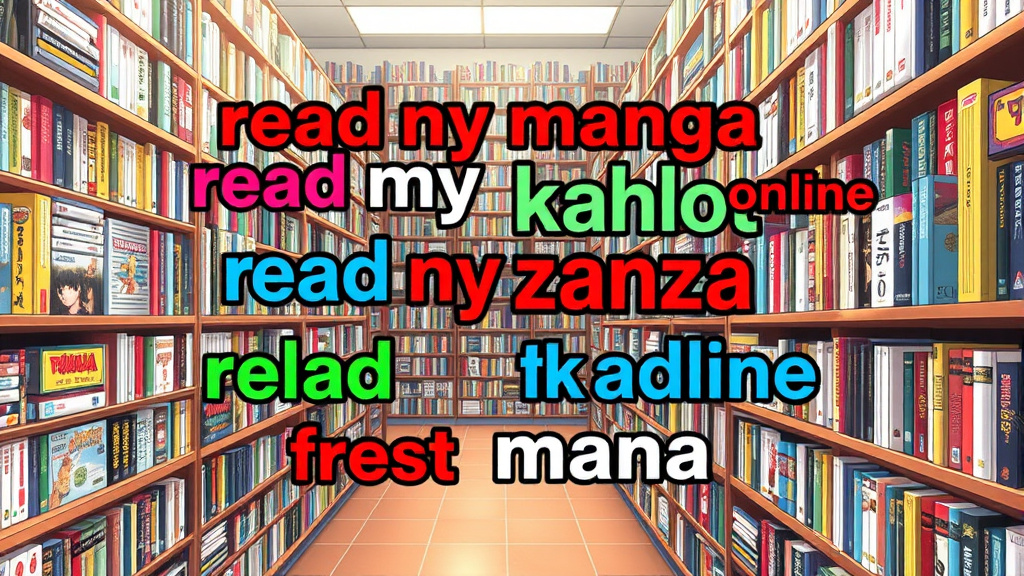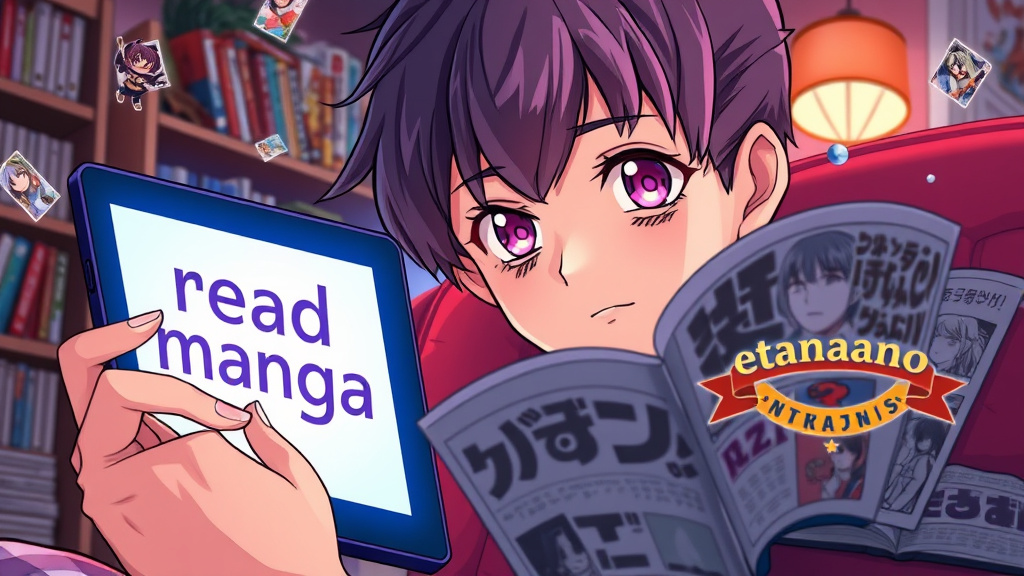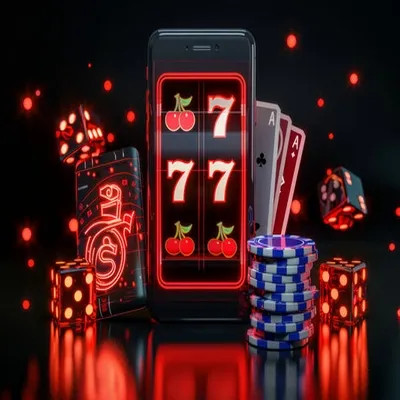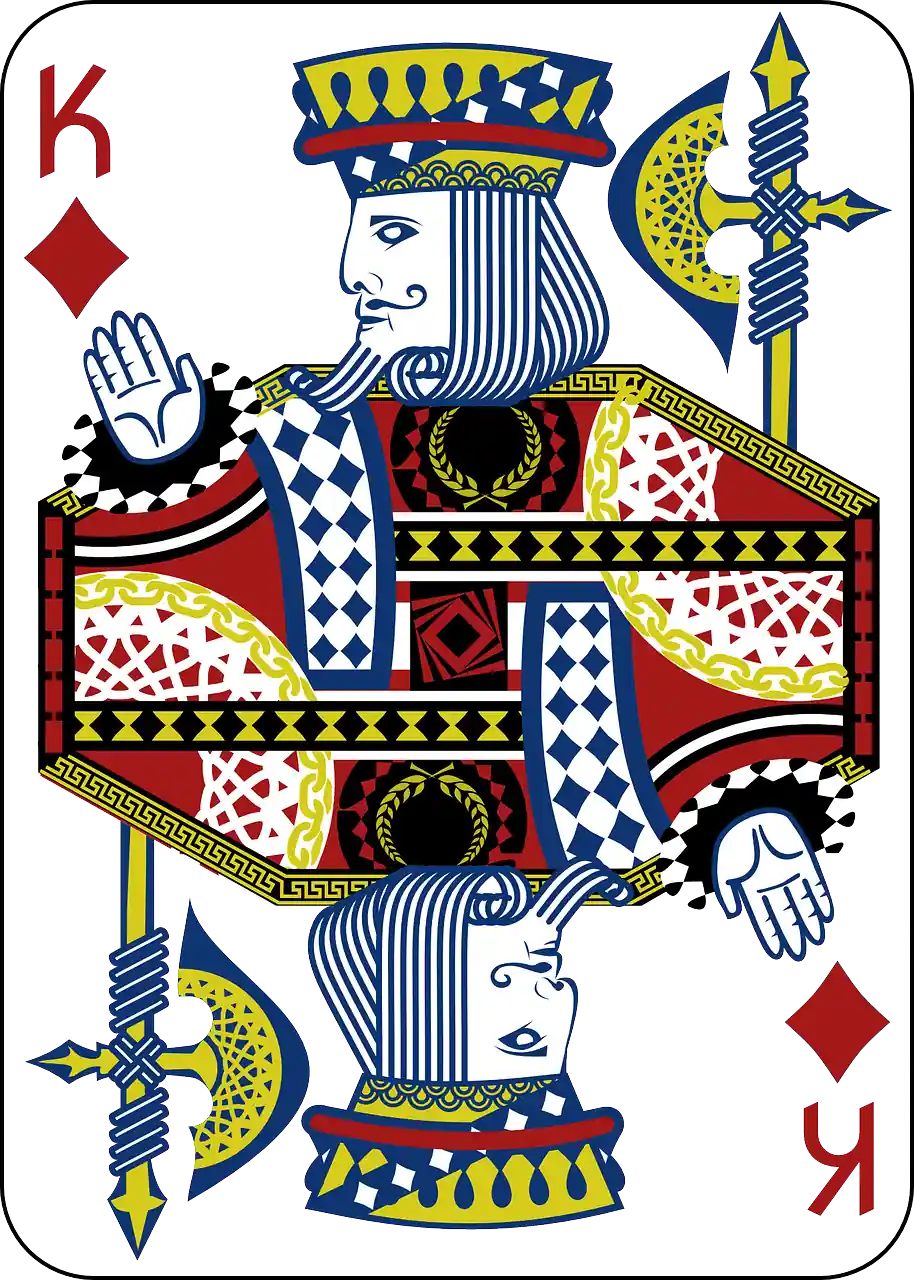manga reading books have captivated audiences worldwide, seamlessly blending rich storytelling with compelling visual artistry. Whether you're an eager beginner or a seasoned manga enthusiast, this form of sequential art offers an immersive experience that transcends traditional reading. The unique appeal of manga lies not only in its captivating narratives but also in the way it engages readers visually and emotionally, forging a deep connection with the stories told panel by panel. This article explores the multifaceted world of manga reading books, from basics and genres to cultural influences and practical tips for building your collection.
The Allure of Manga - Why Reading Books in Panels Captivates Readers
Manga, with its distinctive art style and engaging storytelling, possesses an innate charm that draws readers into intricate worlds with every turn of the page. Reading manga books in panels creates a rhythmic flow that guides the eye smoothly across the artwork and text, enhancing comprehension and enjoyment. The sequential format allows for dynamic scene changes and emotional pacing that traditional prose often struggle to achieve, making every story feel alive and immediate. The visual storytelling encourages readers to interpret emotions, actions, and tones, fostering an active engagement that deepens their connection to the characters and themes.
Additionally, manga's panel-based approach develops a unique literacy—visual literacy—that enhances a reader’s ability to understand context, symbolism, and emotion through art. This format stimulates imagination in ways that plain text cannot, inviting readers to fill in gaps, imagine sounds, or visualize environments beyond what is explicitly depicted. The captivating nature of manga reading books lies in this dynamic interplay between imagery and narrative, making each experience not just a read but an interaction. Such an immersive approach keeps readers hooked, eager to uncover what happens next on the next page or panel.
 Hình minh họa: manga reading books – live off her favor read online free
Hình minh họa: manga reading books – live off her favor read online freeA Beginner's Guide to Reading Manga - Terms, Techniques, and Tips
Starting your manga reading journey can seem daunting at first, especially with specialized terminology and unique reading conventions. Understanding basic terms such as tankobon (volumes), manga-ka (authors), and doujinshi (fan-made works) can enrich your experience. Learning about the reading order—typically right to left—is essential for experiencing manga as originally intended, preserving the flow of storytelling crafted by the creators. Techniques like paying attention to panel transitions and visual cues can also help new readers navigate complex plot developments and emotional nuances.
For beginners, my advice is to start with genres that resonate personally and to choose popular titles with accessible language and engaging stories. Don’t hesitate to revisit panels or pages if needed—manga often contains subtle clues and emotional cues that reward careful reading. Exploring online communities or manga review sites can also provide context and recommendations, easing the learning curve. Remember, manga reading books are not just about understanding the story but about appreciating the artistry and cultural nuances embedded within every frame.

Exploring Diverse Genres in Manga - From Action to Romance and Beyond
Manga’s versatility is one of its defining strengths, offering genres that cater to virtually every taste and age group. Action manga, such as One Piece or Attack on Titan, delivers adrenaline-filled adventures and epic battles packed with intense visuals and strategic intricacies. Romance manga explores complex relationships with emotional depth, represented vividly through expressive art and heartfelt dialogues. There are also genres like horror, science fiction, fantasy, slice-of-life, sports, and even historical narratives, each employing unique stylistic elements and storytelling techniques to draw readers into distinct worlds.
Delving into such diverse genres expands your appreciation of manga reading books as an art form. For instance, horror manga like Uzumaki uses grotesque imagery and suspense-building layouts to evoke visceral reactions. Conversely, slice-of-life series such as Sweetness and Lightning gently depict everyday moments with warmth and sincerity. The richness of genres not only broadens your library but also deepens your understanding of cultural themes, societal influences, and artistic conventions that define manga as a global phenomenon. This exploration invites readers to discover stories that resonate on personal, emotional, or cultural levels.
Beyond the Page - How Manga Reading Enhances Visual Literacy
Engaging with manga reading books extends beyond entertainment—it fundamentally enhances visual literacy, an essential skill in our image-saturated world. Through the detailed artwork and panel layouts, readers learn to interpret visual cues, character expressions, and symbolic imagery, often conveying nuances that words alone cannot capture. This active interpretation sharpens critical thinking and fosters an appreciation for artistry, composition, and pacing. Over time, this skill translates into better comprehension in other visual media or artistic pursuits, enriching your overall media literacy.
Furthermore, manga pushes readers to analyze how images and text collaborate to tell a story seamlessly. The use of panel size, placement, and composition directs readers’ focus, conveys mood, and emphasizes narrative beats—elements that enhance storytelling craftsmanship. By practicing these analytical skills regularly during manga reading books, readers develop a heightened sensitivity to visual storytelling techniques, fostering a more profound appreciation for art and narrative interplay. This heightened perceptiveness ignites creativity and invites new ways to interpret and produce visual stories across different mediums.
Manga vs. Traditional Books - A Comparative Analysis of Reading Experiences
While traditional books rely solely on words to evoke imagination, manga reading books combine imagery with text to create a more visceral, immediate experience. This hybrid form allows for faster storytelling, with visual cues providing context, reducing the need for lengthy descriptions. The pacing in manga can be manipulated through panel size and arrangement, allowing creators to accelerate or slow the flow of information, impacting the emotional engagement of the reader. For many, this combination yields a more dynamic reading experience that can be both exhilarating and emotionally resonant.
However, this fusion of visual and textual storytelling also presents distinctive challenges. For instance, readers might focus more on artwork, potentially overlooking subtle narrative details or themes. Conversely, traditional books foster imagination through detailed prose that encourages visualization but may lack the immediacy of visual storytelling. Ultimately, manga reading books offer a unique narrative form that complements the strengths of traditional literature, providing an immersive, multi-sensory journey that can alter the way stories are experienced and appreciated. Both formats have their merits, and exploring their differences deepens one’s literary and artistic appreciation.
The Cultural Impact of Manga - Influences on Art, Fashion, and Storytelling
Manga has profoundly influenced modern pop culture, shaping art, fashion, and storytelling approaches worldwide. Its distinct aesthetic—characterized by expressive faces, dynamic action lines, and stylistic conventions—has inspired countless artists beyond Japan. Fashion trends, such as cosplay, draw heavily from manga characters and styles, creating vibrant communities and creative outlets. The influence extends into advertising, design, and animation, propelling manga from mere entertainment into a cultural movement that bridges generations and borders.
Beyond aesthetics, manga's storytelling techniques—such as nonlinear narratives, complex character development, and blending of genres—have revolutionized visual storytelling globally. Many Western comics, graphic novels, and animated works incorporate manga-inspired elements, reflecting its legacy. Moreover, manga often tackles real-world issues like social justice, mental health, and identity, fostering awareness and dialogue. Its cultural impact exemplifies how manga reading books are not only a mode of entertainment but also catalysts for cultural exchange, artistic innovation, and societal reflection, making manga a vital part of contemporary visual and narrative arts.
Where to Read Manga - Exploring Options from Physical Copies to Digital Platforms
Finding your ideal manga reading environment depends on preferences, convenience, and access. Physical copies hold a nostalgic charm and offer tangible collection value, making visits to bookstores or manga specialty shops an enjoyable experience. Building a library of tankobon or omnibus editions can deepen your connection with the stories and serve as cherished keepsakes. Meanwhile, digital platforms like VIZ, Crunchyroll, or Manga Plus provide instant access to vast libraries, often with exclusive releases, search features, and e-reader compatibility—perfect for on-the-go reading.
Digital manga also democratizes access, allowing readers worldwide to access a broad range of titles legally and affordably. Subscription services or pay-per-volume options enable budget-conscious readers to explore new genres effortlessly. However, when choosing where to read manga, consider factors like format quality, availability of translations, and the legal and ethical implications of digital piracy. Whichever platform or format you prefer, the crucial point remains — embracing the variety of options ensures you stay connected to the vibrant universe of manga reading books and continue discovering new stories that inspire and entertain.
Building Your Manga Collection - Tips for Finding Rare Books and Hidden Gems
Growing a manga collection is a rewarding journey that involves a mix of research, patience, and keen eye for rarity. Start by browsing local bookstores, conventions, and online marketplaces for limited editions, signed copies, or out-of-print volumes. Join manga communities and forums where collectors often share tips, trade, or sell rare finds. Attending manga expos or auctions can also unveil hidden gems that add value and uniqueness to your collection. Learning the history and publication details of certain series helps identify rare or special editions worth pursuing.
A well-curated manga collection reflects a personal taste and appreciation for the art form’s diversity. Don't overlook smaller publishers or fan-made doujinshi, which often push artistic boundaries and explore niche themes. Digital scans of rare manga, while tempting, should be approached responsibly to respect copyright laws and creator rights. Ultimately, building your collection is an evolving process—each new addition broadens your understanding of manga’s cultural landscape and deepens your enjoyment of manga reading books as both art and storytelling masterpieces.
The Psychology of Manga Reading - Understanding the Appeal of Sequential Art
The deep psychological appeal of manga reading books lies in their capacity to evoke empathy, curiosity, and emotional catharsis through visual storytelling. Sequential art taps into our innate love for narratives, allowing us to project ourselves into characters’ worlds while maintaining an active role in deciphering visual cues. The pacing and panel layouts control emotional beats, gradually building tension or delivering satisfying resolutions, which stimulates the reward centers in our brains. This psychologically engaging process creates a sense of immersion that keeps readers coming back for more.
Moreover, manga often addresses themes of personal growth, relationships, and societal challenges, providing relatable narratives that resonate on a fundamental human level. The act of reading manga can also serve as a form of escapism, offering relief from daily stressors and fostering a sense of community among fans. The attractiveness of manga reading books ultimately derives from their ability to blend art and storytelling into an experience that is emotionally enriching, mentally stimulating, and psychologically rewarding—an art form that satisfies our innate storytelling instincts and aesthetic sensibilities.
Manga Reading and Language Learning - A Fun and Engaging Approach
For language learners, manga reading books present an engaging and authentic method to immerse themselves in a new language. The combination of illustrative context and dialogue allows learners to infer meaning from visual cues, which enhances vocabulary acquisition and comprehension skills. Unlike traditional textbooks, manga provides cultural context, colloquial expressions, and idiomatic language that are invaluable for real-world communication. Reading manga also improves reading speed and helps internalize grammar structures naturally within engaging stories.
In addition, many platforms offer bilingual manga or paired translations, making it accessible for learners at different levels. By regularly exploring manga in the target language, learners not only expand their vocabulary but also gain insights into cultural nuances, social norms, and humor peculiar to that language community. This dynamic approach transforms language learning from tedious drills to an enjoyable activity—one where manga reading books serve as both entertainment and educational tools, creating an enriching experience that fosters fluency and cultural understanding simultaneously.
Conclusion
In summary, manga reading books offer a multidimensional experience that combines compelling storytelling, artistic expression, cultural insight, and cognitive engagement. From understanding basic terms and exploring diverse genres to appreciating its cultural impact and practical ways to enrich collections, manga continues to be a powerful medium that transcends boundaries and inspires creativity. Its unique blend of visuals and narrative captivates readers, helping develop visual literacy, emotional intelligence, and language skills. Whether you're discovering new worlds through digital platforms or building a cherished physical library, manga reading books remain a dynamic and enriching pursuit—one that celebrates artistry, storytelling, and cultural connectivity in an ever-evolving landscape.





